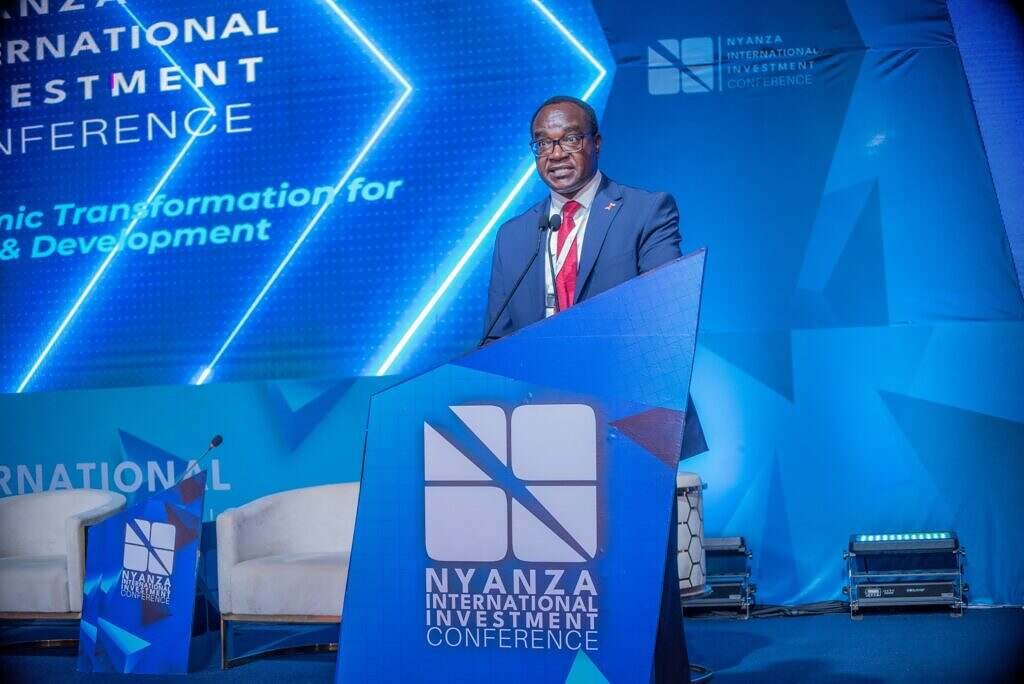Kenyan Universities and TVETs Face Ksh 59 Billion Funding Deficit: Fees Hike Proposed


Kenyan universities and Technical and Vocational Education and Training (TVET) institutions are facing a Ksh 59 billion funding deficit in the financial year ending June 2025. This shortfall has pushed school principals and education stakeholders to propose an increase in school fees by Ksh 27,000 per student to help bridge the gap. However, this proposal has sparked debate, with concerns about the financial burden on parents and students.
Understanding the Ksh 59 Billion Funding Deficit
The financial crisis in Kenya’s higher education sector is attributed to several factors, including:
1. Reduced Government Capitation
The Kenyan government allocates funds to universities and TVET institutions to subsidize tuition fees. However, funding has significantly reduced over the years, leaving institutions struggling to meet their financial obligations.
- In the 2023/2024 financial year, universities received Ksh 84.6 billion, yet their actual funding needs were Ksh 149 billion, leaving a shortfall of over Ksh 60 billion.
- TVET institutions faced a deficit of over Ksh 5 billion, affecting bursaries and student support programs.
- The 2024/2025 budget estimates indicate further funding constraints due to Treasury reallocations.
2. Increased Student Enrollment Without Matching Resources
Government policies such as 100% transition to secondary school and the push for TVET enrollment have increased student numbers. However, funding has not been increased to match the rising demand.
- Universities and TVET institutions are overcrowded, yet they lack adequate infrastructure and teaching staff.
- The Competency-Based Curriculum (CBC) transition has further increased student populations in higher learning institutions.
3. Pending Government Debts to Universities
Many public universities are owed billions in unpaid government grants and loans, leaving them unable to pay staff salaries or settle debts.
- Some universities have delayed paying staff salaries due to cash flow challenges.
- Suppliers have cut services such as water, electricity, and internet due to unpaid debts.
4. Effects of the New Higher Education Funding Model (NHEFM)
The new student funding model, introduced in 2023, categorizes students based on financial need (vulnerable, extremely needy, needy, and less needy). While intended to improve efficiency, the model has faced challenges:
- Thousands of students have been left without adequate funding due to strict qualification criteria.
- Universities have lost previous capitation funds, leading to further financial struggles.
5. Rising Inflation and Cost of Operations
Higher learning institutions are facing increased operational costs due to inflation, leading to financial distress.
- Electricity and water bills have skyrocketed.
- Teaching materials, laboratory equipment, and books are more expensive.
- Salaries and pension obligations continue to strain university budgets.
6. Decline in Parallel Program Revenue
Universities previously relied on revenue from self-sponsored (parallel) programs, but this income source has diminished due to:
- The 100% transition policy, which reduced students enrolling for private degree programs.
- Stricter regulations by the Commission for University Education (CUE), leading to the closure of some programs.
7. Corruption and Financial Mismanagement
Reports of mismanagement, ghost workers, and corruption have worsened financial instability in some universities.
- Funds meant for development projects have been misappropriated.
- Some universities are struggling with huge bank loans and debts due to poor financial planning.
Principals Propose Ksh 27,000 School Fees Hike
To address the funding deficit, school principals and education stakeholders have proposed an increase of Ksh 27,000 in school fees per student. This additional charge would be used to:
- Upgrade infrastructure in universities and TVETs.
- Support remedial teaching programs for students.
- Enhance co-curricular activities to provide a well-rounded education.
However, this proposal has sparked criticism from parents, many of whom are already struggling with the high cost of living. Increasing fees could make higher education inaccessible to thousands of students.
Possible Solutions to the Funding Deficit
Instead of solely relying on school fees increases, alternative solutions must be explored, including:
1. Increased Government Funding
The government should prioritize higher education funding to avoid overburdening parents and students. Allocating more resources to universities and TVETs would stabilize operations and improve education quality.
2. Public-Private Partnerships (PPPs)
Universities and TVETs can partner with private companies to fund infrastructure development, research, and innovation programs. Such collaborations can provide long-term financial stability.
3. Income-Generating Activities
Institutions can establish business ventures, such as:
- Agricultural projects to supply food to students and generate income.
- Short-term professional courses to attract working professionals and generate revenue.
- University consultancy services to offer training and research expertise to industries.
4. Alumni Engagement & Scholarships
Mobilizing alumni networks to support scholarships and institutional development can ease financial pressures. Universities can establish endowment funds to support needy students.
5. Strengthening HELB Loan Disbursement
The Higher Education Loans Board (HELB) should increase student loans and ensure timely disbursements to help learners manage rising tuition costs.
Conclusion
The Ksh 59 billion funding shortfall in Kenyan universities and TVETs is a serious challenge that threatens the quality and accessibility of higher education. While increasing school fees by Ksh 27,000 per student may provide short-term relief, it risks locking out students from poor backgrounds.
A sustainable solution requires government intervention, financial transparency, public-private partnerships, and innovative income-generating strategies. Without urgent action, universities and TVET institutions could face financial collapse, staff strikes, and a decline in education quality.
What’s Your Opinion?
Should universities and TVETs increase school fees, or should the government provide more funding? Share your thoughts in the comments!




